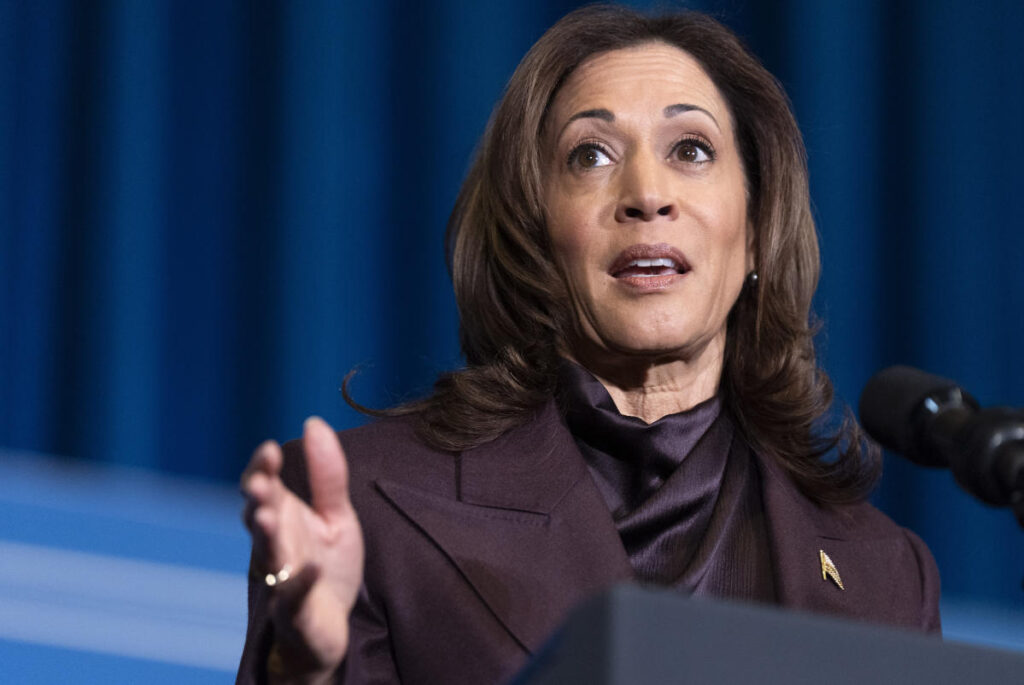On Tuesday, Vice President Kamala Harris is scheduled to deliver a pivotal speech to students in Maryland, marking her first comprehensive address since losing the presidential race to Donald Trump. According to a White House official, the vice president intends to emphasize the critical role of politicians in offering an optimistic vision for the future, a message she frequently conveyed during her campaign. This speech not only serves as a platform for Harris to reconnect with young voters but also represents an opportunity for her to articulate her perspective on the current political climate and her aspirations moving forward, following what has been a challenging period for the Democratic Party in the wake of Trump’s victory.
As Harris contemplates her next moves post-2024 election, various paths are speculated. She may angle to position herself as a key figure in the anti-Trump movement, channeling her efforts to unify Democratic opposition against Republican dominance. Another possibility could be a gubernatorial run in California, her home state, with the next opportunity arising in 2026. At 60, Harris maintains a substantial political trajectory ahead of her, including the chance for another presidential campaign. However, she may encounter significant competition from other Democratic figures and a potential voter fatigue stemming from the previous election cycle.
The political landscape has shifted with Republicans taking control of the White House and both congressional chambers, prompting Democrats to reassess their strategies. Harris’s upcoming speech reflects a continuity of the themes she championed during her campaign and vice presidency. Throughout her time in office, she has focused on addressing issues pertinent to younger demographics, such as gun violence and climate change, while actively engaging with students in various settings, including colleges both domestically and internationally.
During her presidential bid, Harris consistently expressed her admiration for Generation Z, emphasizing their role as rising leaders—a contrast she drew with Trump, who is considerably older. However, recent electoral data shows a decline in her appeal among young voters. According to AP VoteCast, only 51% of voters aged 18 to 29 supported her, a significant drop from the 61% support Biden received four years prior. This decline raises questions about her ability to connect with this vital demographic moving forward.
In the context of her upcoming speech, it’s critical for Harris to acknowledge these challenges and recalibrate her messaging to rekindle support among younger voters. By reaffirming her commitment to addressing their concerns and advocating for policies that resonate with their aspirations, she can work towards reinvigorating the Democratic Party’s image among this essential electorate. The future of the party may hinge on her ability to effectively communicate hope and shared values, thereby forging a connection that encourages active engagement among younger constituents.
Ultimately, Harris’s speech is not just a moment for reflection on past campaigns but also a stepping stone for her political future. She must navigate the evolving political landscape while positioning herself as a leader capable of inspiring hope and action. The effectiveness of her address could help set the tone for her future endeavors, be it in seeking a state position, fostering grassroots support, or potentially rekindling her presidential ambitions. As she steps onto the stage in Maryland, the eyes of not only the electorate but of the entire political landscape will be on her, awaiting her vision for the future and her role in shaping it.

